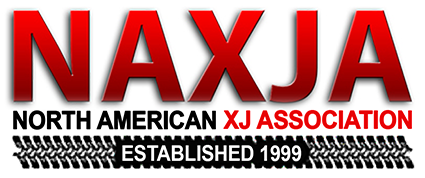The torque spec to which I am referring is the bearing preload, not the bearing caps - which I know is 100 ft/lbs. Are you thinking the preload should be 100ft/lbs or did you misunderstand the specs I'm looking for? That seems high for bearing preload.
I was referring to the carrier bearing pre-load adjusters, cap torque is 60ftlbs
Straight from the Yukon installation manual
page 11 , I was a little low on my spec.
Screw Adjuster Design
The easiest method uses screw adjusters to set the backlash and carrier bearing preload.
Carefully oil the adjuster threads on both the housing and on the adjusters themselves.
Note the order in which you tighten the adjusters so the backlash remains consistent, even
when subjected to heavy loads.
The pinion gear always forces the ring gear away from itself whenever it transfers power.
Start with a looser backlash setting than the axle’s manufacturer calls for and always
ensure that the last adjustment made to the left adjuster tightens it.
If the backlash becomes too tight, loosen the left adjuster first, followed by tightening the
right adjuster. To reestablish the backlash setting, tighten the left adjuster. Ensure that the
last adjustment made to the left adjuster tightens it to eliminate any space between it and
its bearing race. Any space or looseness on the left side will let the carrier deflect when
under load, and this will allow backlash to open up when driven under load.
Once the backlash approaches the manufacturer’s recommendations, tighten both left
and right adjusters evenly to increase carrier bearing preload.
Set the carrier bearing preload
to approximately 150 to 200 pounds/feet. It is difficult to damage bearings with excessive
carrier bearing preload on a screw-adjusted differential.
I made 2 adjustment wrenches from two D-30 spindle nuts, two 3' long pieces of 3/8" black pipe and two 1/2" socket adapters, I welded the nuts to one end and the socket adapters to the other so I can use a ratchet or a torque wrench to set the pre-load.
